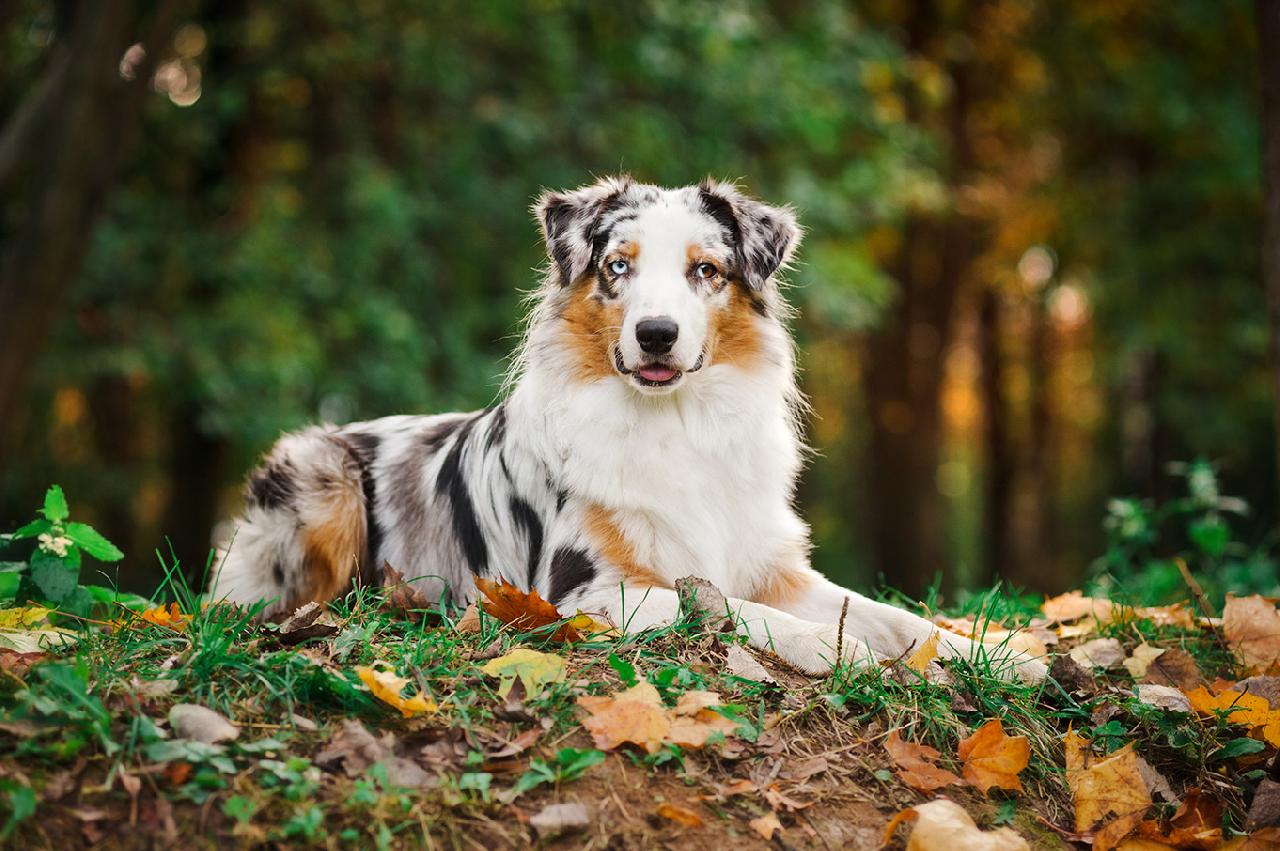Inbreeding Coefficient
Posted 02/25/2025
The inbreeding coefficient (COI) is a mathematical estimate of the probability that a dog has inherited two identical copies of a gene from a shared ancestor. It helps breeders assess the genetic diversity of an individual dog or a planned breeding pair. The COI is expressed as a percentage, with higher percentages indicating greater inbreeding. A COI of 0% means no known shared ancestry within a given pedigree, while a 25% COI is equivalent to a mating between full siblings or a parent-offspring pairing.
How Is the Inbreeding Coefficient Calculated?
Traditionally, COI is calculated using pedigree analysis, which traces a dog's lineage over several generations. The more generations analyzed, the more accurate the estimate. Many kennel clubs, such as The Kennel Club (UK) and the American Kennel Club (AKC), provide online tools for breeders to calculate COI based on pedigree records. However, pedigree-based calculations have limitations, as they do not account for hidden inbreeding—cases where ancestors appear unrelated on paper but share common genes due to deep ancestry.
A more precise method involves DNA testing, which directly examines the dog’s genome. This approach identifies actual genetic homozygosity (the presence of identical gene copies) rather than relying on recorded lineage. Companies like Embark and Wisdom Panel offer genetic COI testing, which can reveal higher-than-expected inbreeding in breeds with small or closed gene pools.
Effects of a High Inbreeding Coefficient
A high COI can increase the risk of **inbreeding depression**, a phenomenon where genetic uniformity leads to health problems, including:
What Is an Acceptable COI?
There is no universal COI threshold, but most experts recommend keeping it below 5% for general genetic health. For certain purebred lines where maintaining breed traits is essential, COI may naturally be higher, but breeders should aim to keep it below 10% whenever possible. A COI above 25% is generally considered excessive and increases the likelihood of health problems.
Managing Inbreeding in Dog Breeding Programs
Responsible breeders take several steps to control COI while maintaining breed integrity:
Conclusion
The inbreeding coefficient is a crucial tool for maintaining the health and longevity of purebred dogs. While selective breeding is necessary for preserving breed standards, excessive inbreeding can have severe consequences. By using genetic testing and responsible breeding strategies, breeders can make informed decisions that balance breed integrity with long-term health. Ultimately, a lower COI leads to stronger, healthier dogs that live longer, happier lives.
How Is the Inbreeding Coefficient Calculated?
Traditionally, COI is calculated using pedigree analysis, which traces a dog's lineage over several generations. The more generations analyzed, the more accurate the estimate. Many kennel clubs, such as The Kennel Club (UK) and the American Kennel Club (AKC), provide online tools for breeders to calculate COI based on pedigree records. However, pedigree-based calculations have limitations, as they do not account for hidden inbreeding—cases where ancestors appear unrelated on paper but share common genes due to deep ancestry.
A more precise method involves DNA testing, which directly examines the dog’s genome. This approach identifies actual genetic homozygosity (the presence of identical gene copies) rather than relying on recorded lineage. Companies like Embark and Wisdom Panel offer genetic COI testing, which can reveal higher-than-expected inbreeding in breeds with small or closed gene pools.
Effects of a High Inbreeding Coefficient
A high COI can increase the risk of **inbreeding depression**, a phenomenon where genetic uniformity leads to health problems, including:
- Increased prevalence of inherited diseases – Many genetic disorders, such as hip dysplasia, epilepsy, and heart disease, are more common in inbred dogs.
- Reduced fertility
- Inbred dogs may have smaller litter sizes, lower sperm quality, and higher rates of stillbirths.<./li>
- Weakened immune system – Genetic diversity contributes to a robust immune system; highly inbred dogs are often more susceptible to infections and autoimmune diseases.
- Shortened lifespan – Studies have shown that dogs with high COI percentages tend to have shorter lifespans compared to genetically diverse counterparts.
What Is an Acceptable COI?
There is no universal COI threshold, but most experts recommend keeping it below 5% for general genetic health. For certain purebred lines where maintaining breed traits is essential, COI may naturally be higher, but breeders should aim to keep it below 10% whenever possible. A COI above 25% is generally considered excessive and increases the likelihood of health problems.
Managing Inbreeding in Dog Breeding Programs
Responsible breeders take several steps to control COI while maintaining breed integrity:
- Genetic Testing – Using DNA-based COI calculations helps identify the best breeding pairs for genetic diversity.
- Outcrossing – Introducing new bloodlines from different but compatible breeds or distant lines within the same breed can reduce inbreeding.
- Expanded Pedigree Analysis – Looking beyond the typical 3-5 generation pedigree and considering at least 10 generations gives a clearer picture of genetic diversity.
- Cooperation Between Breeders – Sharing genetic data and working together to maintain healthy breeding populations helps avoid genetic bottlenecks.
- Selective Breeding Practices – Avoiding popular sire syndrome (where a single male is overused for breeding) helps prevent the rapid spread of genetic disorders.
Conclusion
The inbreeding coefficient is a crucial tool for maintaining the health and longevity of purebred dogs. While selective breeding is necessary for preserving breed standards, excessive inbreeding can have severe consequences. By using genetic testing and responsible breeding strategies, breeders can make informed decisions that balance breed integrity with long-term health. Ultimately, a lower COI leads to stronger, healthier dogs that live longer, happier lives.



